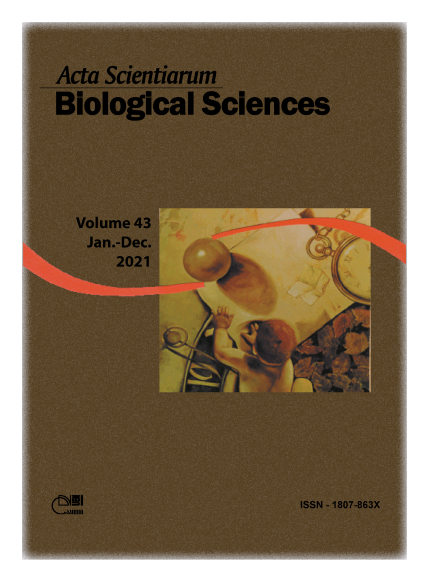Floral and reproductive biology and pollinators of Campomanesia guazumifolia (Cambess.) O. Berg., neglected species
Abstract
The aim of the study was to elucidate aspects of floral and reproductive biology and floral visitors of this species. Information was obtained on floral morphology and morphometry, anthesis, nectary, and structures attractive to pollinators, characterization of pollinators, receptiveness of stigma and maturing of the androecium components, and characterization of the reproductive system. Sete-capoteiro tree has hermaphrodite flowers, and the floral opening occurs mainly during the night period, however, it also occurs in the morning. Pollen grains was the main resource offered to pollinators. The flowers had mellow sweet odor, attracting mainly native bees and Apis melifera, which was characterized as effective pollinators. The species presents high reproductive efficiency and could be considered self-compatible; however, fertilization also occurs by cross-pollination.
Downloads
DECLARATION OF ORIGINALITY AND COPYRIGHTS
I Declare that current article is original and has not been submitted for publication, in part or in whole, to any other national or international journal.
The copyrights belong exclusively to the authors. Published content is licensed under Creative Commons Attribution 4.0 (CC BY 4.0) guidelines, which allows sharing (copy and distribution of the material in any medium or format) and adaptation (remix, transform, and build upon the material) for any purpose, even commercially, under the terms of attribution.
Read this link for further information on how to use CC BY 4.0 properly.












1.png)




3.png)













